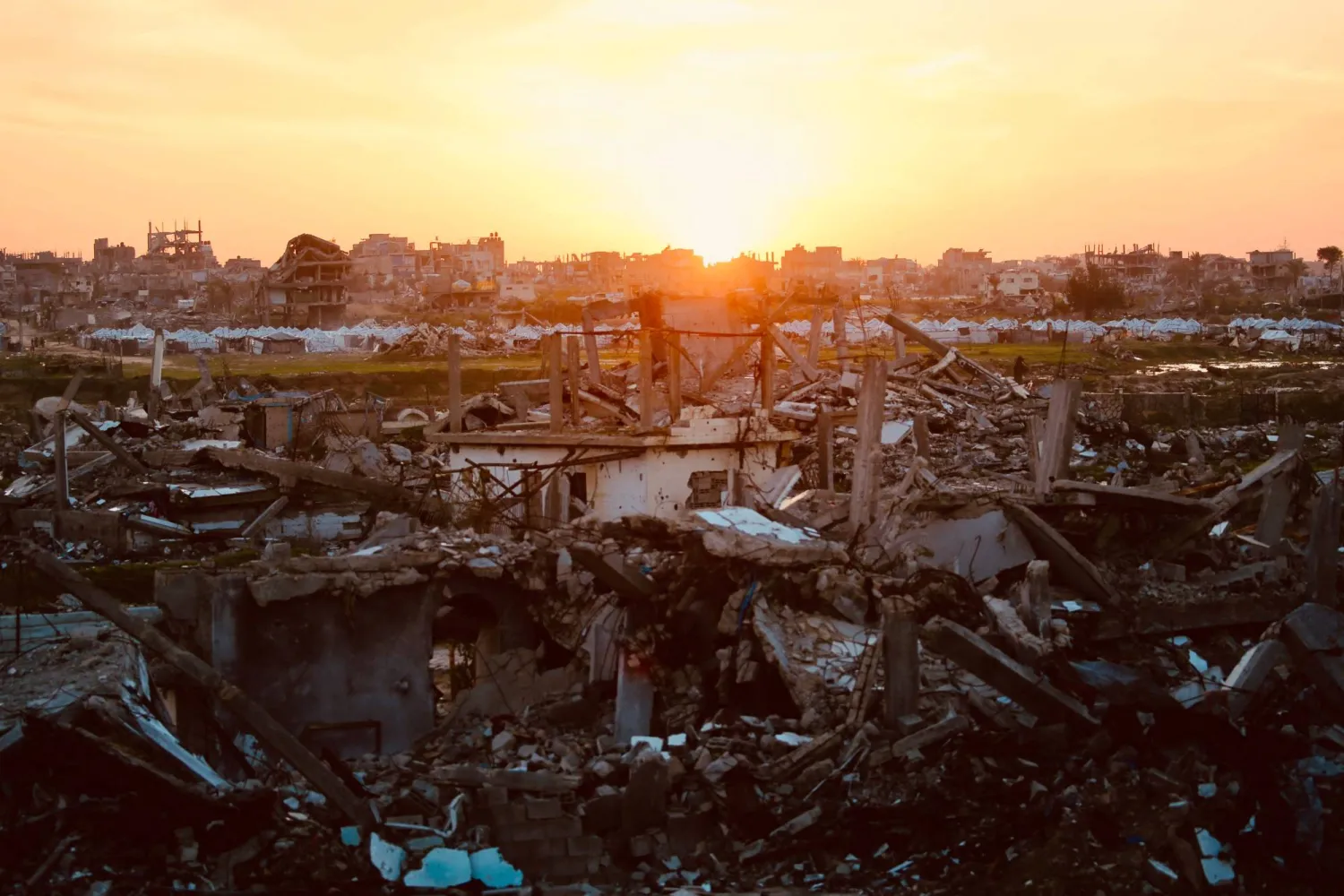Three Russian military convoys arrived in northeastern Syria, only days after similar reinforcements were deployed in the area by the US-led International Coalition.
Informed sources and locals said that 13 trucks loaded with materials and logistical equipment, five armored vehicles, large boxes loaded with ammunition and medium and heavy weapons had arrived at Qamishli Airport, which the Russian forces operate as their main base in Hasakah.
The military reinforcements departed from the Russian-run Hmeimim airbase near the Tartus port. They were transported via the international M4 highway with helicopter protection.
Sources confirmed that two planes had also landed at Qamishli Airport.
At the same time, a military tanker carrying Russian police soldiers arrived at its base in the Talat al-Badaa area, west of the city of Ayn al-Arab (Kobani).
Eight trucks carrying logistical materials, weapons and ammunition arrived at Tabqa military airport in the western countryside of Raqqa.
Russian fortifications coincided with the US-led International Coalition also deploying back up at outposts east of the Euphrates. Since the beginning of March, three military convoys and arms shipments had arrived at Coalition positions in Hasakah and the eastern countryside of Deir Ez-Zor.
Russian forces and their Turkish counterparts conducted a new joint patrol along Syria’s southern border strip with Turkey. The patrol was coupled with Russian helicopters scaling the region’s skies.
This patrol came 48 hours after a similar patrol was conducted in the countryside of Kobani, with two Russian helicopters flying over.
Coalition forces and US soldiers, with the participation of the Syrian Democratic Forces (SDF), conducted a regular patrol in the Qarachokh oil-rich area in the countryside of Al-Malikiyah.
The patrol consisted of five combat vehicles, three Bradley tanks and 2 armored vehicles.
The soldiers were keen to stand with the residents of the area, salute and exchange conversations with the help of translators. This patrol came three days after conducting a similar patrol in the southern countryside of al-Darbasiyah.









